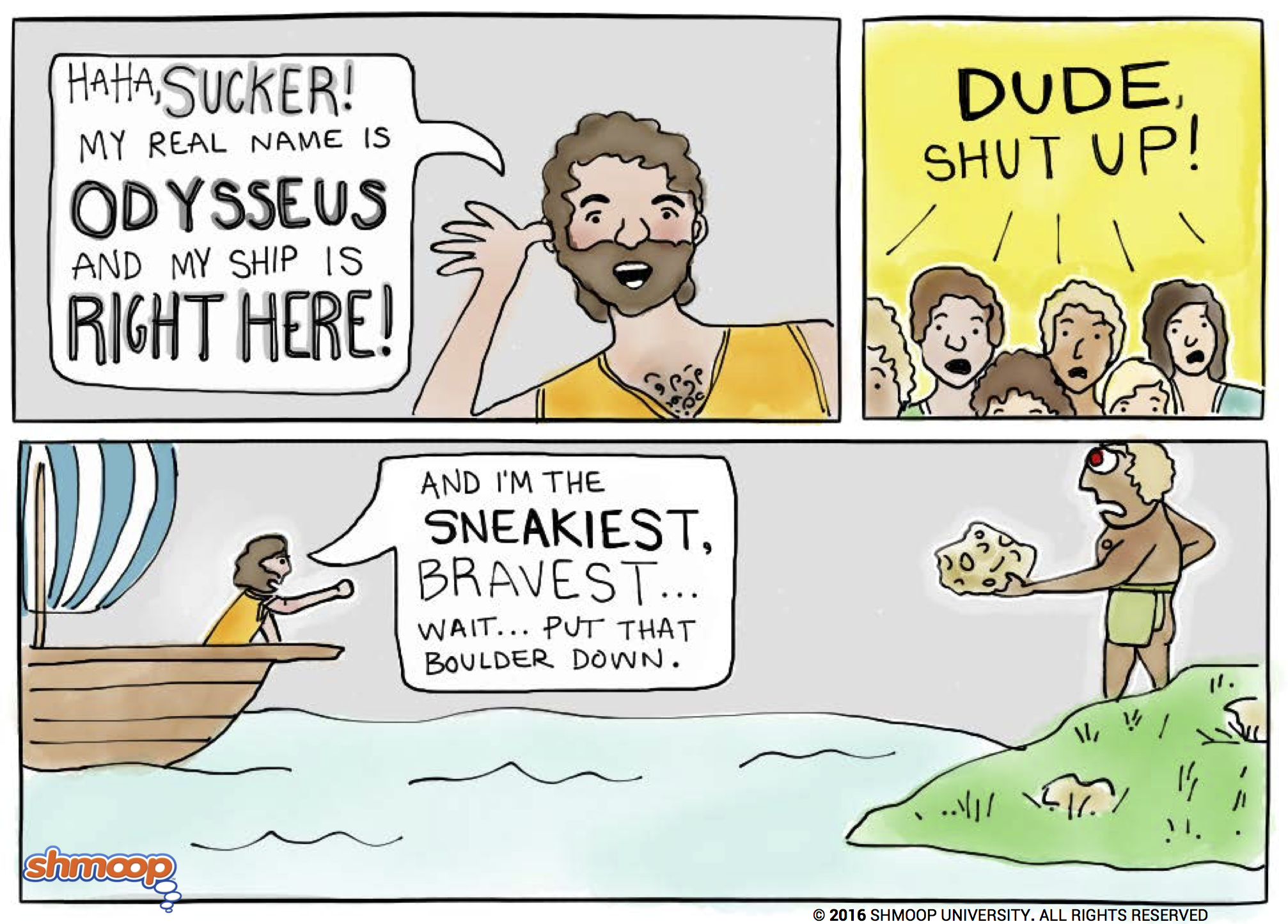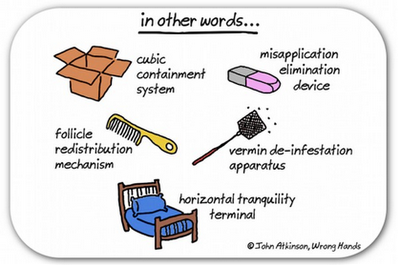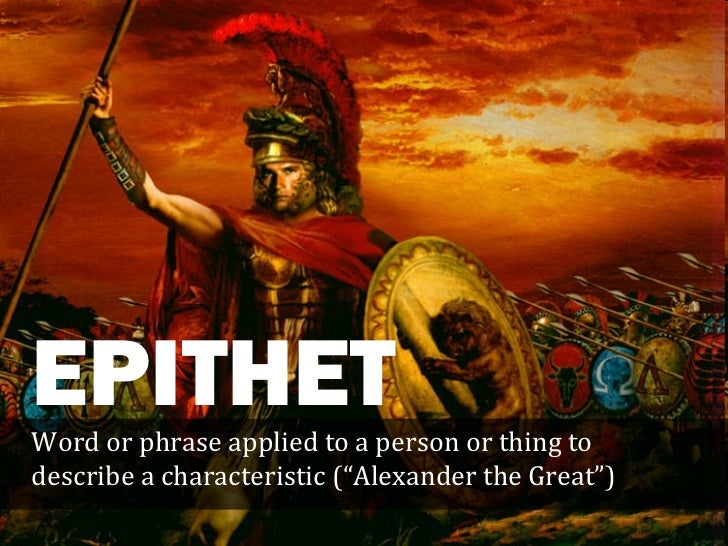Flashback- an interruption of the chronological series in which the character recalls a prior memory. Flashbacks are often used by authors to provide background information or to add context to the current storyline.
Example from The Count of Monte Cristo
The story of Villefort burying an illegitimate newborn baby, Benedetto, and then stabbing of villefort by Bertuccio, the Count’s steward, is an example of a flashback.
Function- In this case the flashback of the tragic moment allowed Dumas to give more insight into the history of Villefort, as well as to show certain characters’ motivations. For instance, Bertuccio has a personal vendetta against Villefort due to this moment. This shows why he was hired by the Count as his personal steward.
Example from To Kill a Mockingbird
When he was nearly thirteen, my brother Jem got his arm badly broken at the elbow. When it healed, and Jem’s fears of never being able to play football were assuaged, he was seldom self-conscious about his injury.
Non-Original Mnemonic
Original Mnemonic
If the Flash runs really fast from east to west we will go back in time.




